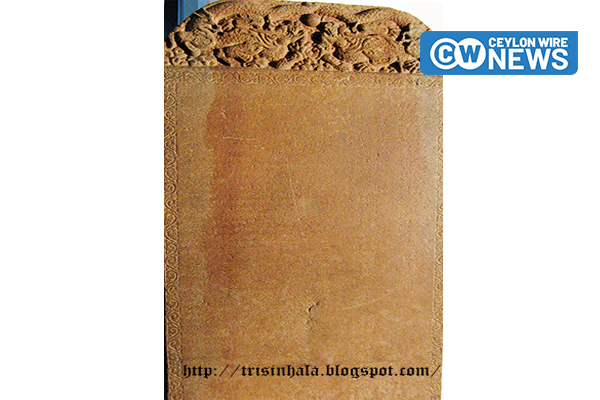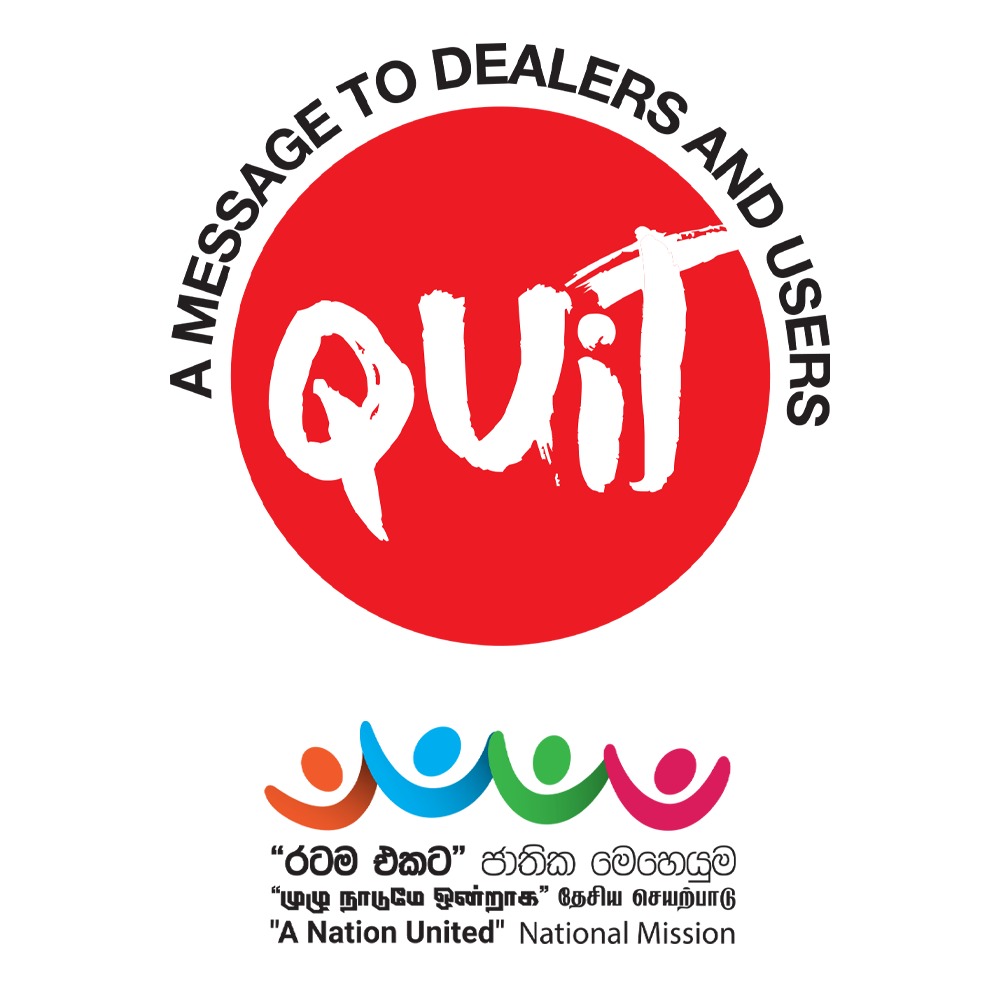UNESCO has announced that Sri Lanka’s Trilingual Inscription (Tribhasha Sellipiya) and a collection of documents related to the 1873 Pānadurā Vādaya (The Great Debate of Panadura) have been inscribed in the prestigious UNESCO Memory of the World Register.
The Trilingual Inscription, a collaborative submission by China and Sri Lanka, is a remarkable stone tablet with inscriptions in Chinese, Persian, and Tamil. The inscriptions praise Buddha, God Vishnu, and Allah, representing the cultural and religious diversity of the regions. Discovered in 1911 by a British engineer, it is now preserved at the Colombo National Museum, with a replica on display at the Galle National Museum. Dated February 15, 1409, the inscription was installed by the Chinese Admiral Zheng He during his third voyage. The text references offerings made to a sacred mountain shrine, and it remains the only trilingual inscription in the world that features texts in Chinese, Tamil, and Persian, which UNESCO describes as representing three distinct cultures.
In addition, four historical documents associated with the Pānadurā Vādaya, held at the Rankot Viharaya Buddhist temple in Panadura, have also been inscribed in the Memory of the World Register. These documents hold immense cultural, spiritual, and intellectual value. Created during a period of religious discord between Buddhists and Christians in the mid-19th century, they include correspondence between Christian and Buddhist leaders advocating for open dialogue on doctrinal issues, along with a transcription of the entire debate. This transcription, which spans 27 and a half pages, was written by hand in ink and paper. The debate fostered reconciliation and mutual respect between the two communities and had a lasting impact on religious dialogue worldwide. The English translations of these documents, later made available in Europe and the United States, contributed to the recognition of Buddhism as a sophisticated religion.
UNESCO’s Memory of the World Register is a collection of documentary heritage that includes books, manuscripts, maps, photographs, and other forms of media that represent the shared history of humanity. UNESCO Director-General Audrey Azoulay emphasized the importance of preserving such fragile documentary heritage, noting that it is essential to safeguard this history through the Memory of the World Programme.
With the inclusion of these new inscriptions, the Memory of the World Register now includes 570 collections, covering diverse subjects such as the scientific revolution, women’s contributions to history, and key milestones in multilateralism. Established in 1992, the Memory of the World Programme aims to preserve and provide universal access to humanity’s documentary heritage, which is often at risk of deterioration and disaster.
In addition to the International Register, UNESCO has created regional registers and supports National “Memory of the World” Committees in more than 100 countries worldwide.











